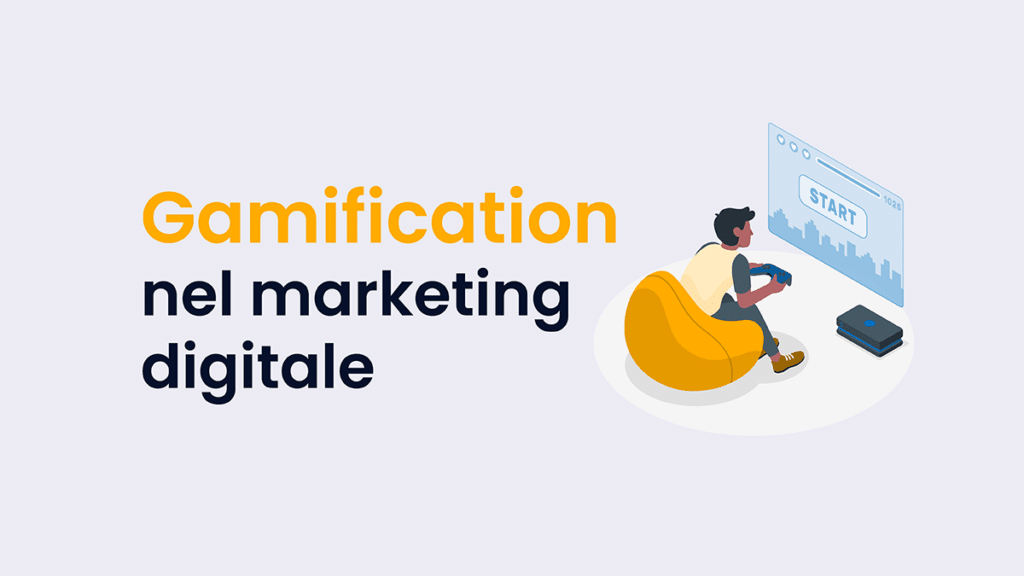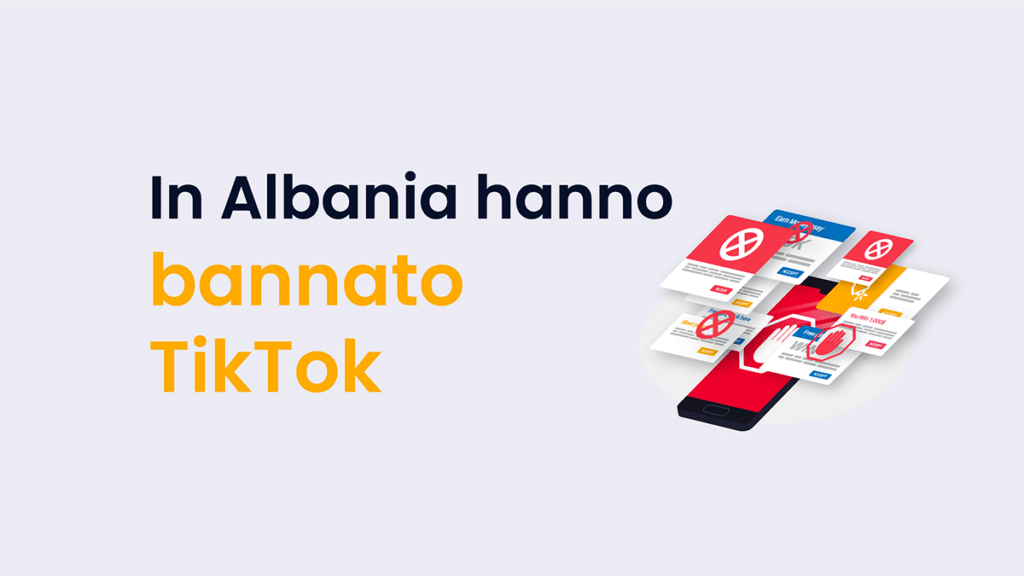Il design marketing è un approccio dove l’estetica, l’usabilità e l’esperienza dell’utente si uniscono per creare campagne coinvolgenti e memorabili. Oggi analizziamo le tendenze emergenti in questo campo. Vediamo come stanno plasmando il futuro sia del design che del marketing digitale.
Il nostro focus sarà sulle innovazioni e le ultime tecnologie, con un occhio che punta al principale approccio del momento: la personalizzazione. Infatti oggi si possono garantire prodotti e servizi sempre più mirati.
Ciò perché da una parte è possibile attingere a maggiori quantità di dati, elaborabili e analizzabili più velocemente; dall’altra perché gli utenti, grazie ai mezzi di comunicazione attualmente disponibili, possono interagire sempre più attivamente con i marchi.
Quindi i nostri due temi fondamentali per affrontare l’argomento sono: analisi di dati e personalizzazione.

Indice dei contenuti
Iper-personalizzazione sostenuta dall’analisi di grandi dati
L’iper-personalizzazione sta ridefinendo il design marketing, offrendo ai consumatori esperienze su misura che rispondono precisamente ai loro gusti e preferenze. Questo approccio è sostenuto dalla crescente possibilità di analizzare ed elaborare maggiori quantità di dati.
Permette di andare oltre la segmentazione tradizionale del mercato, utilizzando algoritmi avanzati per analizzare comportamenti, preferenze e interazioni passate. Di conseguenza i marchi parlano direttamente all’individuo, incoraggiando coinvolgimento e conversioni.
Questa tendenza evidenzia l’importanza di un design che non sia solo esteticamente piacevole ma anche pertinente e personalizzato per ogni utente, facendo dell’immagine e dei suoi simboli un ponte tra i brand e gli utenti.
L’intelligenza artificiale nel design marketing
L’intelligenza artificiale è la tecnologia più rivoluzionaria, complessa e complessiva del momento. Quasi impossibile ormai non parlarne in qualsiasi contesto.
Oggi la possiamo vedere come uno strumento attraverso il quale le aziende possono analizzare enormi volumi di dati. L’IA fornisce pure strumenti capaci di personalizzare l’esperienza utente, di ottimizzare il design dei contenuti e automatizzare le parti più complesse e meccaniche dei processi creativi.
Questo migliora la velocità del lavoro e offre numerosi spunti che successivamente sono revisionati e adattati da specialisti, in modo da rendere l’intelligenza artificiale uno strumento e non un sostituto.
Tecnologie al servizio della personalizzazione nel design marketing
Ora passiamo un po’ a vedere quali sono le tecnologie più attuali che hanno che fare con la personalizzazione nel contesto del design marketing. Realtà aumentata e live streaming sono recenti ma non sono propriamente novità attualissime.
Tuttavia, guardarle nell’ottica del design marketing, può essere un modo nuovo per utilizzarle e osservarle. In fondo, nulla nasce dal nulla.
L’originalità e l’innovazione infatti nascono e crescono dalla miscela di elementi già presenti e conosciuti. Così come questo vale nella scrittura, vale nel design e nel marketing.
La realtà aumentata nel design marketing
La realtà aumentata permette di creare esperienze che sovrappongono elementi digitali al mondo reale. Per i brand aziendali ciò rappresenta l’opportunità di cambiare il modo in cui gli utenti e i clienti possono interagire con prodotti, servizi ma anche pubblicità, siti web e comunicazioni sui canali social.
Questa tecnologia quindi permette di visualizzare prodotti in 3D nell’ambiente circostante. In questo modo gli utenti, dovunque si trovano, possono avere un’anteprima virtuale di prodotti e, con un po’ di immaginazione, anche dei servizi.
LEGO per esempio in alcuni suoi negozi fornisce anteprime in realtà aumentata dei prodotti finiti. Oppure, abbinato ad alcuni set, offre un’app di realtà aumentata per arricchire l’esperienza di gioco.
Credits: LEGO Sets Collections
Live streaming e design interattivo
La trasmissione di eventi in tempo reale, principalmente attraverso i canali social, incoraggia una partecipazione diretta degli utenti. La conseguenza di questa interazione immediata è un’influenza diretta degli utenti sul corso della diretta.
E come possono avvenire queste dinamiche? Naturalmente attraverso la struttura e l’adozione di soluzioni di design interattivo. Più queste soluzioni sono accessibili e sfaccettate a livello di interfaccia, più l’esperienza può essere fruita.
Questo si declina (e qui entra in gioco il marketing) in coinvolgimento e conversioni.
User-generated content e design collaborativo
Infine lo User-Generated Content (UGC) e il design collaborativo stanno ridefinendo le strategie di marketing, valorizzando i contributi creativi del pubblico. Questo approccio trasforma gli spettatori in co-creatori attivi del brand, generando contenuti autentici e altamente coinvolgenti.
Il design gioca un ruolo chiave nel facilitare e incentivare la creazione di UGC, attraverso piattaforme e strumenti che rendono semplice e gratificante per gli utenti condividere le loro esperienze e visioni. Questa strategia non solo arricchisce il materiale di marketing con prospettive diverse ma rafforza anche il legame tra i marchi e il loro pubblico, creando una comunità basata sulla fiducia reciproca e sull’engagement condiviso.
Le soluzioni di Kilobit
Noi di Kilobit, oltre a informarmi sulle ultime tendenze e sui loro utilizzi, siamo aperti a sentire le vostre necessità, ad ascoltare le vostre idee e fornirvi soluzioni in questo senso. Contattaci per vedere cosa possiamo fare per te.










